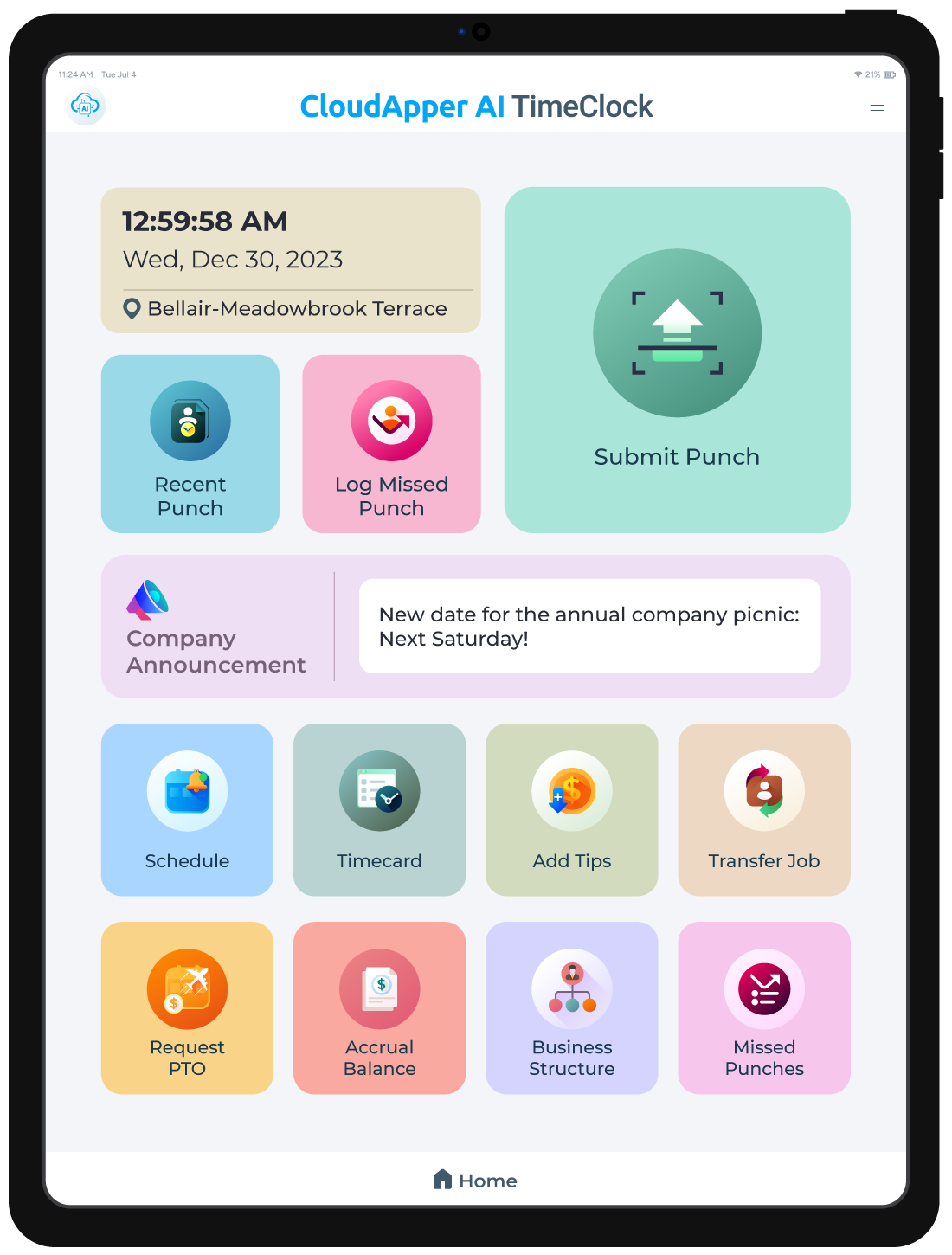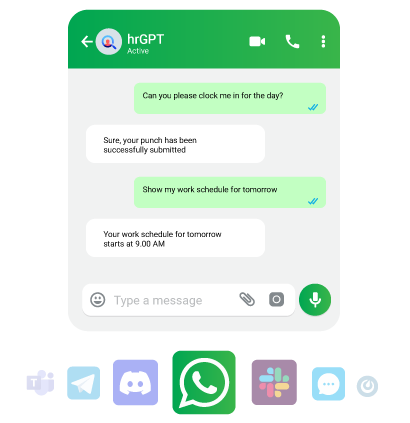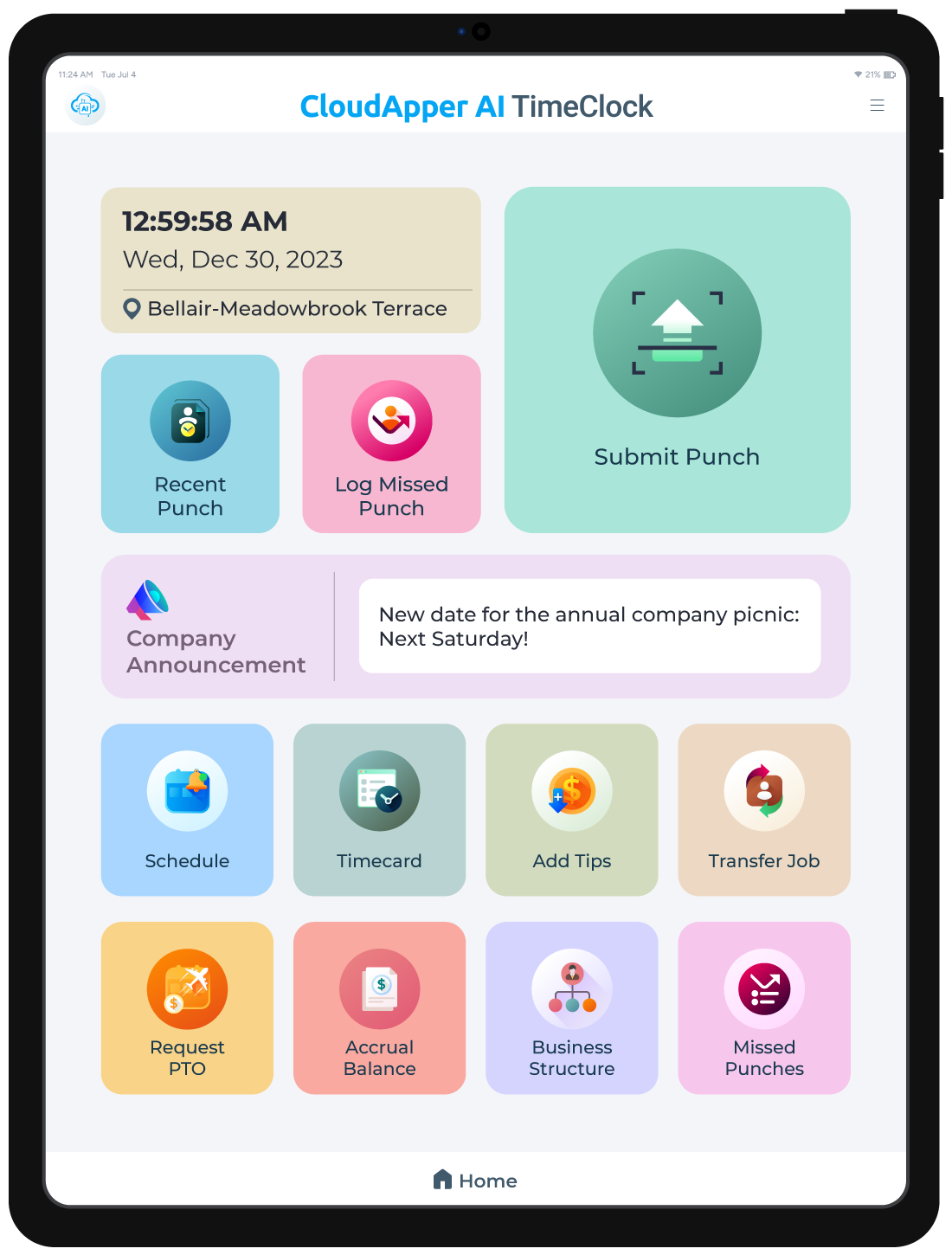Is that the Right Patient?
 Today, we welcome a guest post from Iatric Systems.
Today, we welcome a guest post from Iatric Systems.
Meaningful Use brings increased utilization of electronic records, providing instant access to patients’ medical information – which is a great thing. It also brings the heightened chance for error in patient identification and the subsequent disaster that creates. The ability to select the correct patient and verify their identity based on their prior visit medical record demographics from the health information system becomes more important than ever before. Misidentification at the point of entry creates major problems throughout the life of the patient’s account. First and foremost is the contamination of the patient’s medical chart and the impact incorrect medical information could present to the patient. We could contend that cleaning up incorrect patient information was in some ways easier when everything was paper-based compared to what it will be with electronic records.
The HIPAA impact of sharing the incorrectly selected patient’s information with the wrong patient or patient’s family also looms on the horizon. What if the patient who the record really belongs to shows up for care during this event? If the error goes unnoticed, the backend ramifications include billing the wrong insurance company and incorrect data going out to multiple places resulting in more work to correct the error and rebill the correct payer. If the patient finds out you selected the wrong patient for their care episode, how does that impact their perception of the hospital and level of competent care they can expect?
Many factors impact the incorrect selection of a patient, including the HIS system, staff carelessness or patients providing incorrect information during the admitting process. A common error is the patient changing their last name since the last visit, thus creating a new MPI number that does not include the patient’s vital past medical history.
Another area of concern is medical identify theft. Over 14 million people have become victims of identity theft this year alone. Medical identify theft is the fastest growing aspect of identify theft. What ramifications can you expect if your hospital provides care to a patient who used a stolen medical identify for treatment? Both a contaminated medical record that may impact the care of both patients and a financial loss when the payor denies payment may result.
Never before has selecting the correct patient at registration been more important. Our current method of asking for a driver’s license to verify identity is no longer a guarantee. Hospitals need to look at new methods to make sure that the patient is correct. Biometrics is one possibility that I have felt is an effective solution for years. Patients, for the most part, show up in the hospital with a finger, palm or iris that could be used to validate the patient’s identify. Patients that arrive unconscious pose another level of concern.
What better community service could a hospital provide than assuring their patients that their identify will be protected by installing biometric technology? Biometric technology could also assist with the Red Flag regulation. Providing patients an easy way to establish identify by hosting health fairs to register their biometric identify in advance of care is both a community service and improves each patient’s medical safety.
Kay Jackson is Manager of Software Certification, Compliance and Financial at Iatric Systems. Iatric Systems provides solutions for Meaningful Use including a Meaningful Use Manager Dashboard, Public Health Interfaces, Patient Portal, CPOE, Patient Discharge instructions and Clinical Document Exchange.
You can follow Iatric Systems on Twitter: @IatricSystems
You can also find them on LinkedIn









